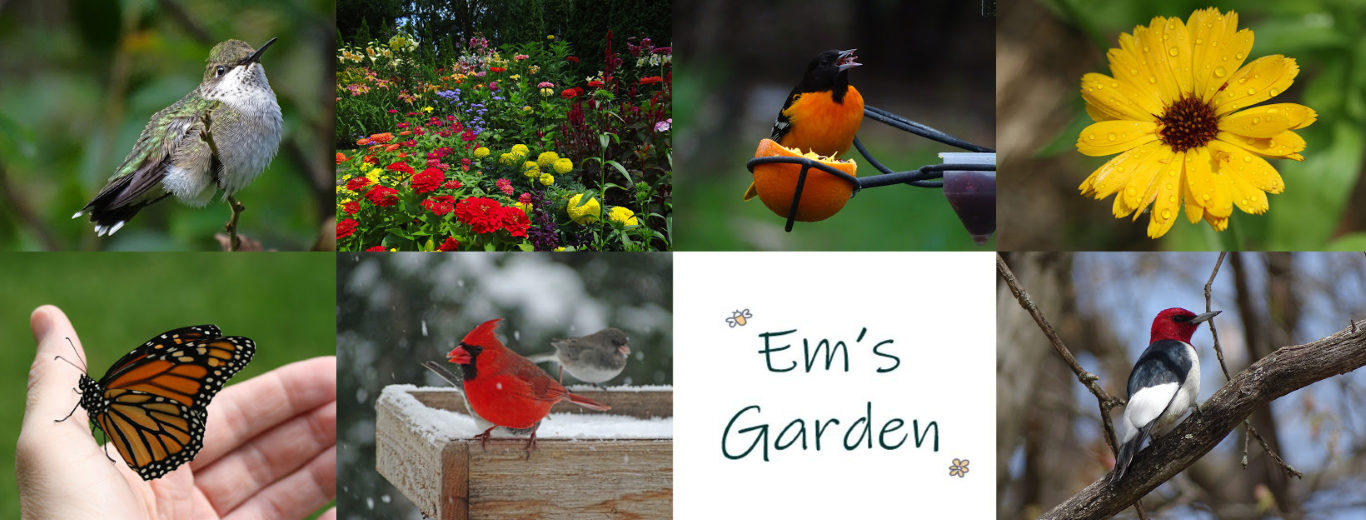My friend JL and I were doing some birdwatching at Horicon Marsh in late April, and as we drove along the auto path I spotted a bird I’d never seen before tip-toeing through the marsh grass. I barely got to squeak out my discovery when it disappeared again into some tall reeds.
I did get a good look at the face and noticed a long orange beak so we started tapping through our apps and looking through our field guides to figure out which marsh-loving bird was sneaking around just outside our vehicle.
JL got out of the car in hopes it would make noise and our Merlin app could help us out, but the bird stayed quiet. Thankfully he soon stuck his beak out again and I got a better look at him—it was a Virginia Rail!
That’s a lifer bird for me. The Cornell Lab of Ornithology says, “A secretive bird of freshwater marshes, the Virginia Rail often remains hidden in dense vegetation, but its loud grunting may give away its presence. As it slowly pokes its way through the marsh, you might get a glimpse of its reddish bill, black-and-white barred sides, and its twitching tail, showing off white tail feathers beneath.”
That “secretive” part is no joke. It’s really difficult to catch a glimpse of this bird. We sat still for over 15 minutes waiting to see if he’d pop out for a better view. The first time he stuck out his beak, he saw JL and scooted like a roadrunner at high speed back into the grass again. Virginia Rails can move fast! The Cornell Lab of Ornithology adds, “As a group, rails have the highest ratio of leg muscles to flight muscles of any bird, which may explain their propensity to walk rather than fly.”
After 5 more minutes of waiting and watching he finally came out of the grass. Virginia Rails eat bugs like flies and beetles, but also small fish, snails, slugs, crayfish, frogs, plant material and aquatic invertebrates.
The chicken-like birds are 7-10 inches long, and we read on one of our birding apps that they grunt like pigs, but this rail wasn’t in a grunting mood.
It’s always fun to find a “life” bird on your own without assistance from other birders. And now that we know where they like to hang out, it will hopefully be much easier to find another one in the future!



